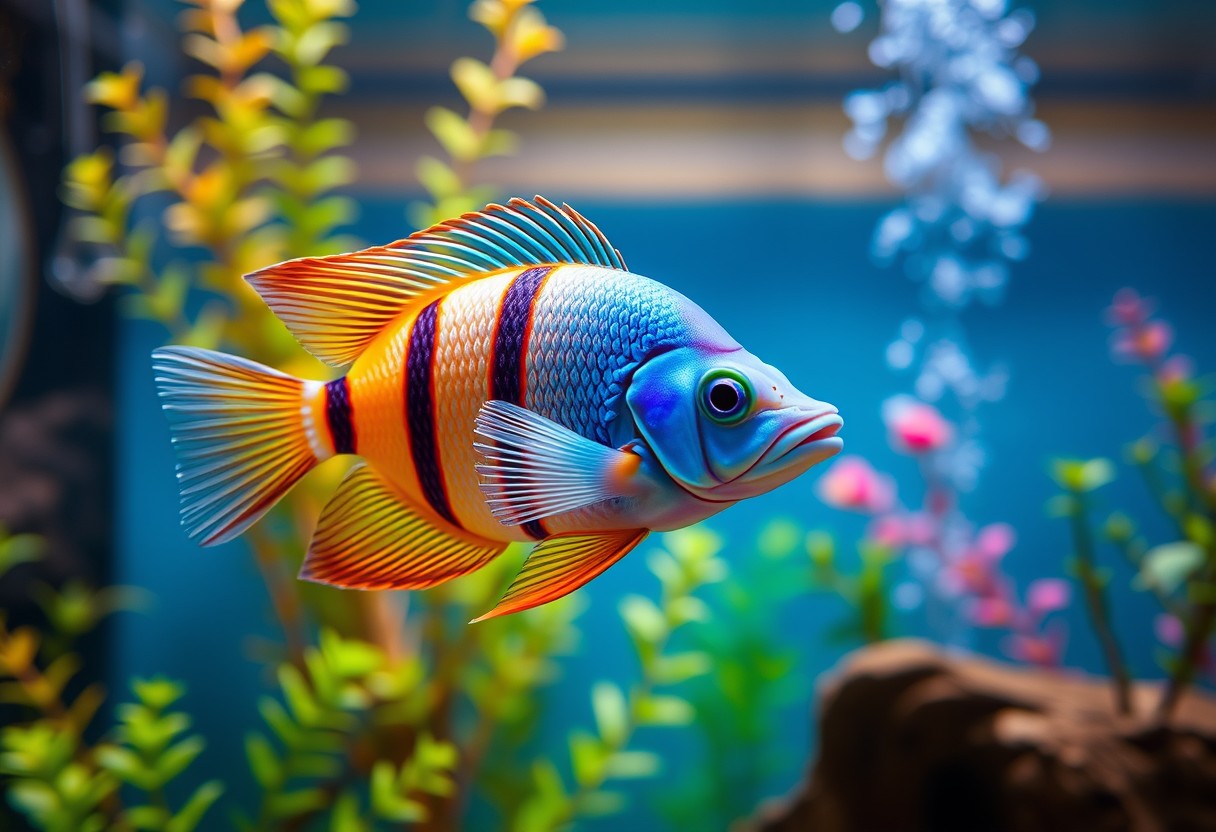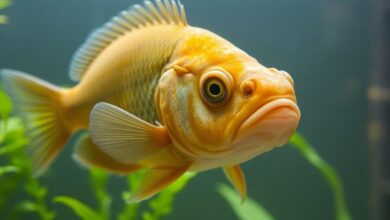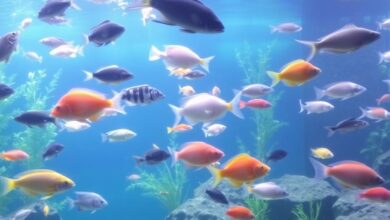
Ropefish are fascinating aquatic creatures that belong to the family Polypteridae. Their elongated bodies and fascinating movements make them a unique addition to any freshwater aquarium. If you are considering keeping ropefish, it’s important to understand their specific care and tank requirements to ensure they thrive in your home setup.
When you set up a tank for your ropefish, you should aim for a minimum size of 75 gallons. These fish can grow to about 3 feet in length and require ample swimming space. A larger tank will not only accommodate their size but will also help maintain more stable water parameters, which is beneficial for their overall health.
Ropefish thrive in soft, slightly acidic water. The ideal temperature range for them is between 75°F to 82°F (24°C to 28°C), and the pH should be maintained between 6.0 to 7.5. Regular water changes, typically around 20% weekly, will help keep your tank conditions in check. Make sure to use a high-quality water conditioner to treat tap water, ensuring it’s safe for your fish.
In terms of tank setup, you should aim for a more natural habitat. Including plenty of hiding spots is important as ropefish often feel more secure when they have places to retreat. This can be achieved using driftwood, rocks, and aquatic plants. Live plants not only enhance the beauty of your tank but also provide additional hiding spots and improve water quality through oxygenation.
Pertaining to tank mates, compatibility is an important aspect to consider. Ropefish are generally peaceful but can be shy and may become stressed in aggressive company. Suitable tank mates include species like catfish, tetras, and other non-aggressive fish. Avoid keeping them with fin-nippers or overly boisterous species as this could lead to stress and illness in your ropefish.
Feeding ropefish can be another enjoyable aspect of your ownership journey. These fish are carnivorous and prefer a diet rich in protein. Offer a variety of foods including frozen or live foods like bloodworms, brine shrimp, or earthworms. You can also feed them high-quality pellets designed for carnivorous fish. It’s important to not overfeed; a few small servings a day is better than one large feeding.
In terms of maintenance, you should regularly check for any signs of disease or stress such as changes in behavior or physical symptoms. Keeping an eye on your fish will ensure that any potential issues are caught early and addressed swiftly.
Caring for ropefish can be a rewarding experience, offering you an opportunity to learn about their unique behaviors and needs. With the right tank setup and care, your freshwater ropefish can become a stunning centerpiece in your aquarium, enhancing your aquatic landscape.





